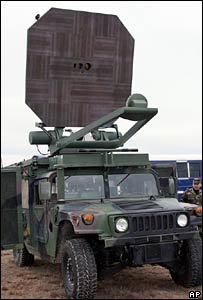As a recent Times article describes, shopping plazas are now using cell-phone tracking technology to map shoppers’ activities and movement patterns. The "Path Intelligence" hardware used to track the movements works like this:
- A cell-phone-wielding shopper enters the shopping plaza.
- Path Intelligence monitors mounted throughout the plaza detect that a new mobile phone is in the vicinity and log its IMEI code.
- As the shopper moves around the mall, his or her movements are continuously triangulated by the multiple Path Intelligence units, allowing movements to be mapped and saved for later analysis.
The good news: it’s totally private, there isn’t any (automated) way to map a particular record in the Path Intelligence logs to an actual person. The resulting logs can be analyzed for shopping patterns (where people go after visiting a certain store, peak hours of traffic, most popular regions, etc.) later on, providing valuable intelligence and allowing for improvements.


 The “heat ray” is mounted on a Humvee or other vehicle, and has a range of up to 500 meters – which is 1,650 feet or one-third of a mile – that’s a long way.
The “heat ray” is mounted on a Humvee or other vehicle, and has a range of up to 500 meters – which is 1,650 feet or one-third of a mile – that’s a long way.